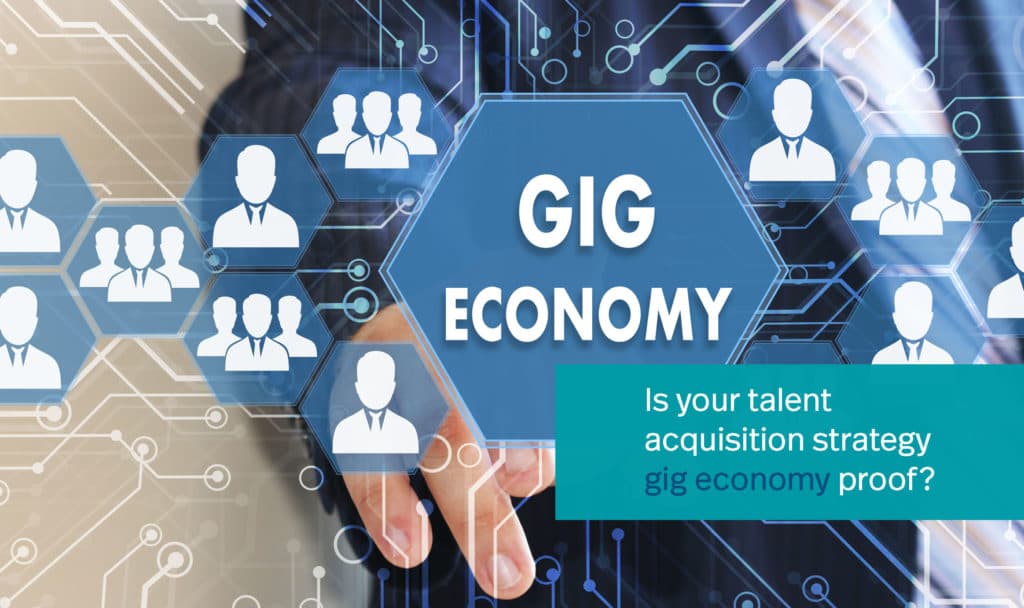It is 2018, the gig economy is here. The gig economy is a labour market characterised by the prevalence of short-term contracts or freelance work as opposed to permanent jobs.
What is the impact on your organisation? And what will be the impact for the coming years?
Traditionally we divide the talent market in “permanent workforce” and “contingent workforce”. With “permanent” employees we mean ones with a direct labour contract for either a fixed or an unlimited period of time with the organisation they work for. “Contingent” refers to workforce with a labour contract with a third party, working in the organisation on a time-hire basis.
Over the years the market has developed and other ways of engaging people to work for a company have emerged: increased usage of self employed workers, outsourcing of services (like e.g. cleaning and security) and offshoring complete tasks with Statements of Work became common practice.
Latest development, supported by the rapid digitalisation of both society and jobs, is the rise of the gig economy: Outsourcing smaller (but sometimes also larger) tasks to the most suitable person or organisation at that moment in time. This might vary from overnight support on creating and installing an email banner by an expert in another timezone to outsourcing the development of a specific piece of software. Creating a one-off project with a group of store-checkers in a potential new market can also be approached as a gig project.
For many organisations the gig economy is a new phenomenon and not yet embedded in the organisational structures. However, looking at the future development of labour and employment the gig economy will have a significant impact. As a response to the rising challenges on the market for talent, the traditionally siloed approach for permanent staff and contingent staff is more and more integrated into a total talent approach. The rising gig demand also means new platforms must be integrated in your recruitment technology stack, for example freelance management platforms like Fiverr or Upwork.
Gig is already knocking on the door and should not be forgotten in designing talent attraction solutions for the coming 3 to 5 years if you want to ensure access to the best talent!
TalentIn can help you develop or update your talent management strategy, but we can also support you in preparing a specific strategy for adopting the gig economy in your current sourcing model. We are happy to discuss this topic more in depth with you. Please visit us at www.talentin.eu , email us at info@talentin.eu or call us on +31 10 307 54 22.
Marc Viëtor is Managing Partner at TalentIn. With more than 25 years in the industry and as former senior executive in Randstad and Randstad Sourceright he has a thorough experience in HR solutions. His broad experience covers sales, solution design, concept and process development, finance and HR in markets around the globe. Marc has worked with many companies on a variety of services and solutions.





